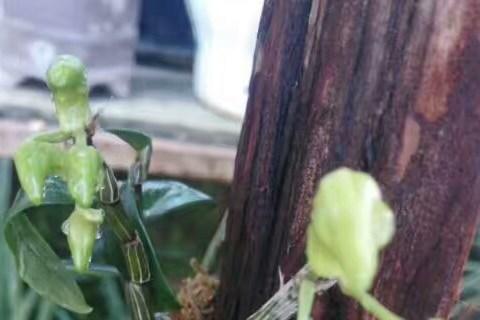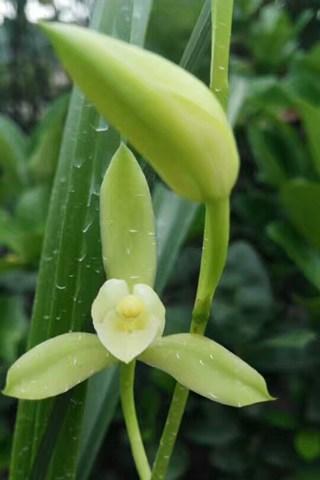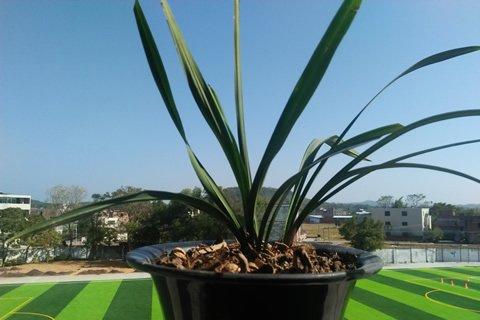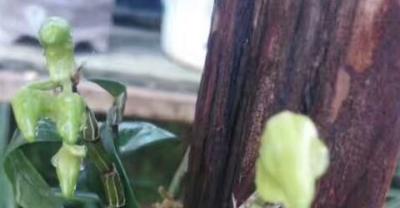Answers to common questions about several novice orchids
First, the leaves of farmed orchids are always soft and look half-dead. What should we do?
Well-growing orchid leaves look green, shiny and elastic to the touch. If the leaves are inelastic and seem to be in a bad state of mind, it is a problem with the roots of bluegrass, you can pour out the blue soil on the last day of the normal watering cycle to see if there is water in the blue plate.
If the orchid basin is stagnant, it is that the plant material is not ideal, plus some granular plant material, such as gravel, peanut shell, etc., if it still does not work, and the bluegrass dies, then you have to change to another ideal plant material.

Second, the orchid grows black spots, how to do?
When this happens to orchids, we can start from these two aspects to find out where the problem lies and then solve the problem:
One situation is that the orchid seedlings are not strong, the resistance is weak, and black spots appear again. The problem may be that the plant material is not good, and the orchid root grows poorly, so it is necessary to check whether the plant material will accumulate water. On the other hand, the orchid has diseases and insect pests. Too many cases of black spots are anthrax, and you can apply Bao Gong (amidine) 800 times to curb the development of the disease.
At the same time, it should be noted that when the temperature is too high, the orchids should be shaded and ventilated.

Third, what is the reason for the yellow leaves of orchids?
There are generally two reasons why orchids have yellow leaves:

One is caused by normal metabolism. In this case, the yellow leaves generally occur on the old false bulbs, while the false bulbs are not abnormal, and the leaves turn yellow from the outer leaves to the inner leaves, from the leaf tip to the stem.
Second, it is caused by disease. The disease may be stem rot, sexual soft rot or white silk disease. Yellow leaves often occur in new seedlings, developing from the heart leaves to the periphery and leaf tips, and the pseudobulbs are often blackened and rotten. If this happens, remove the diseased plant, soak it with carbendazim, carbendazim and other fungicides for more than an hour, then use the new plant material and put it back on the basin. Source: Lao Yao blog
- Prev

Breeding methods and matters needing attention of Qianshou Guanyin
Qianshou Guanyin, Araceae, Amorphophallus, has medicinal value. Compared with Dishui Guanyin, which belongs to the same family and belongs to the same family, both of them are dripping and the culture methods are the same. The difference.
- Next

This chicken farm is popular all over the breeding world.
There are five modern factories located 32 kilometers northeast of the Capital International Airport, which is where the modernization industry project of 3 million laying hens is located in Pinggu Green area of Beijing.
Related
- On the eggshell is a badge full of pride. British Poultry Egg Market and Consumer observation
- British study: 72% of Britons are willing to buy native eggs raised by insects
- Guidelines for friendly egg production revised the increase of space in chicken sheds can not be forced to change feathers and lay eggs.
- Risk of delay in customs clearance Australia suspends lobster exports to China
- Pig semen-the Vector of virus Transmission (4)
- Pig semen-the Vector of virus Transmission (3)
- Five common causes of difficult control of classical swine fever in clinic and their countermeasures
- Foot-and-mouth disease is the most effective way to prevent it!
- PED is the number one killer of piglets and has to be guarded against in autumn and winter.
- What is "yellow fat pig"? Have you ever heard the pig collector talk about "yellow fat pig"?

